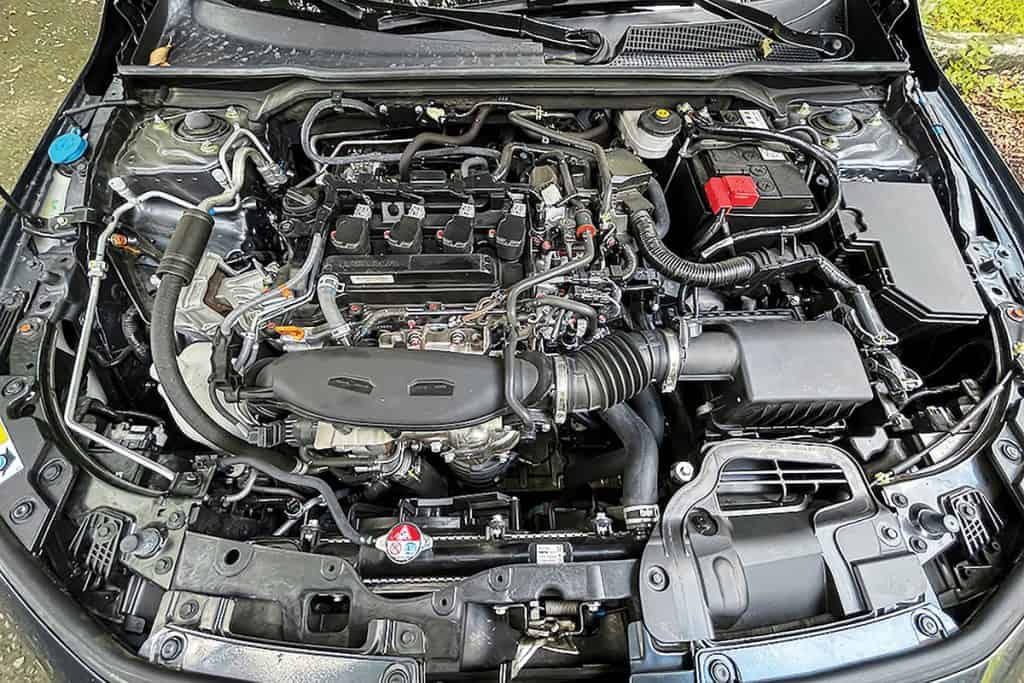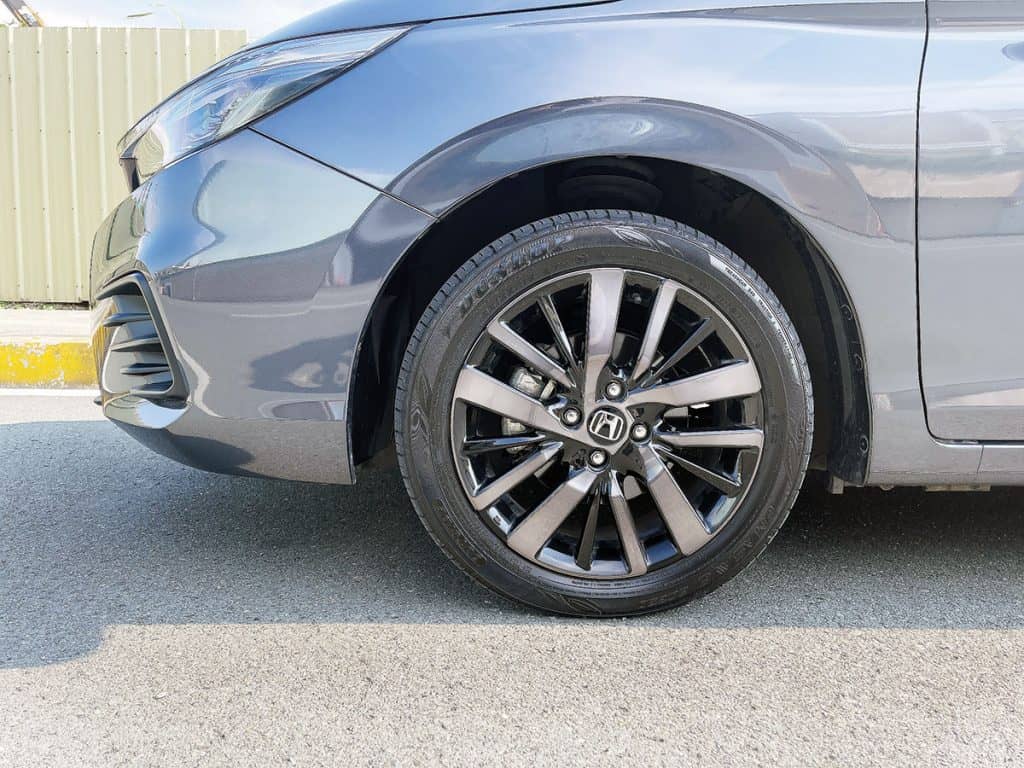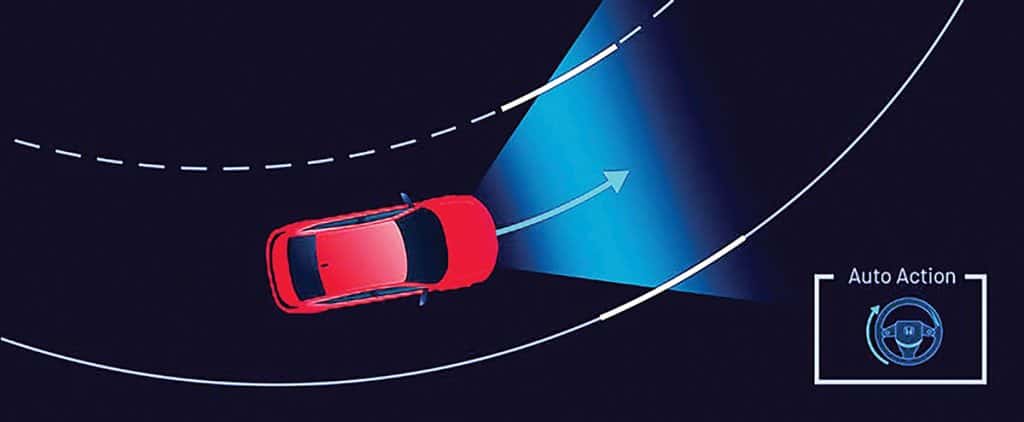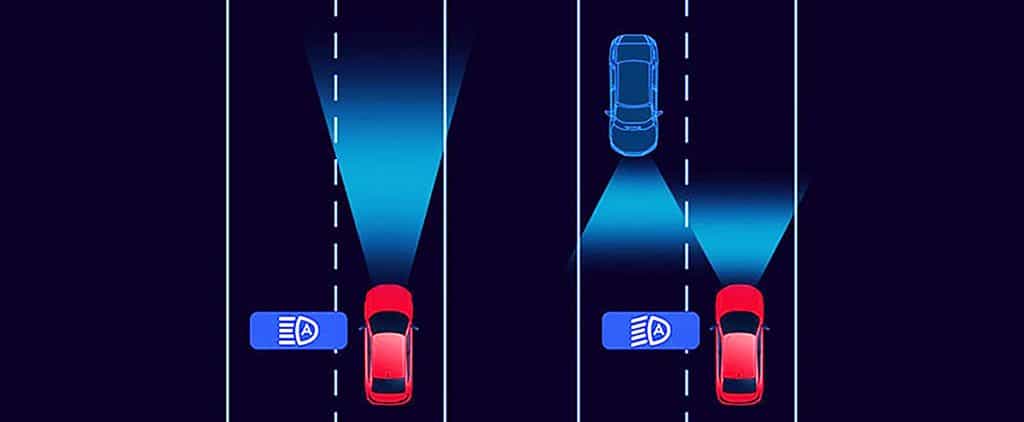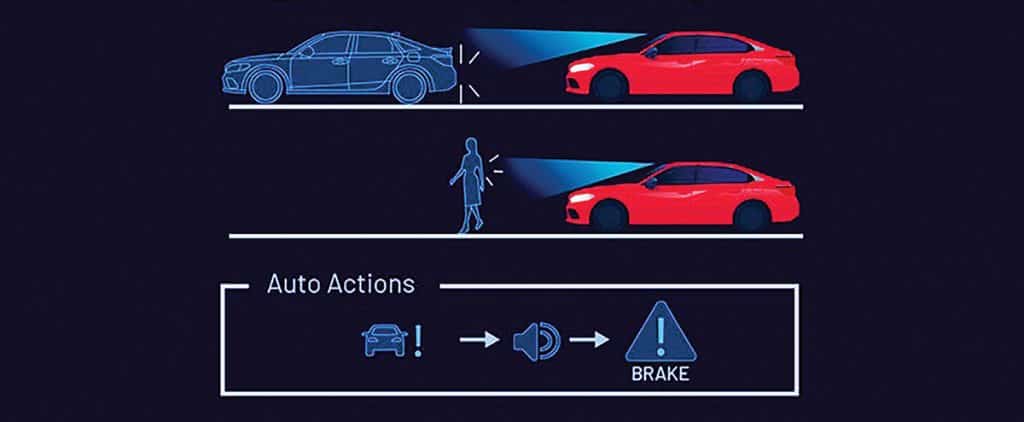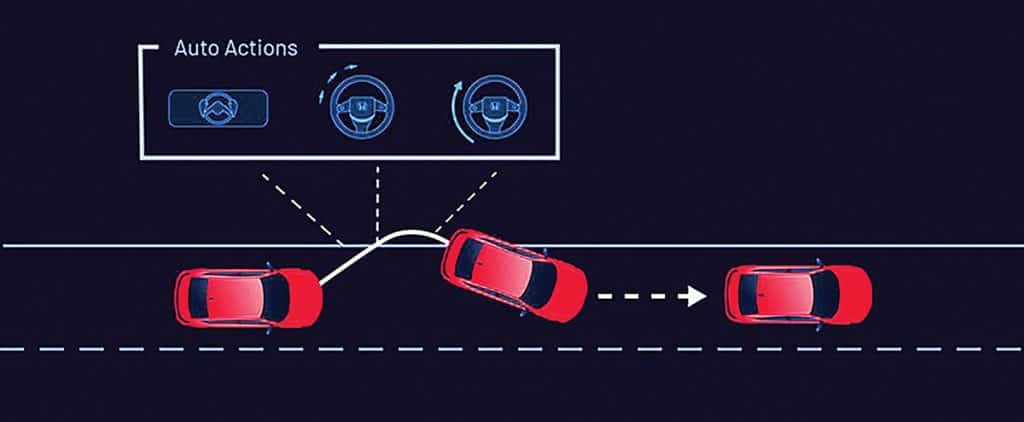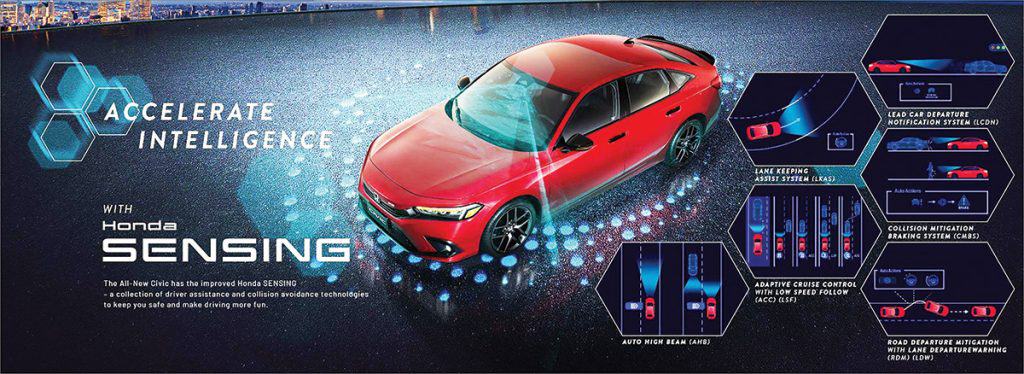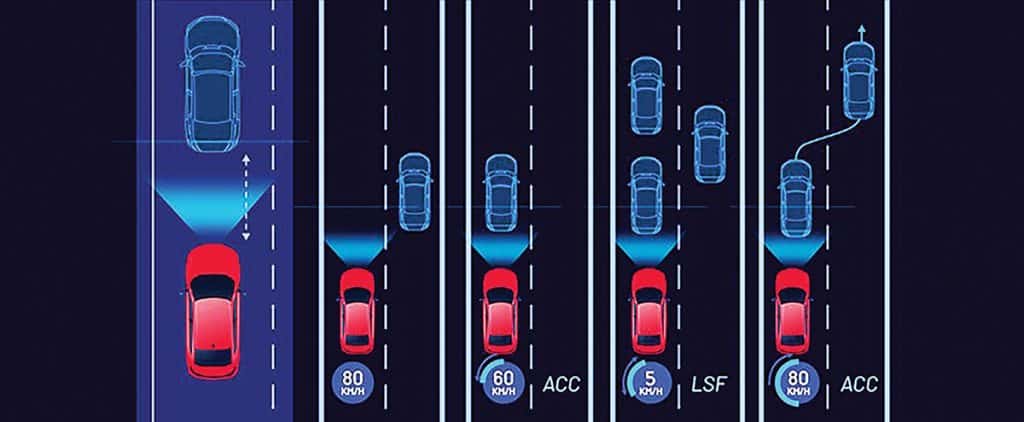Let me tell you a story: I learned how to drive in a sedan launched in the early ‘90s. For those who knew cars then, you know what that means. Our car was as basic as they could go – no power steering, manual gearbox, deep clutch, and manual mirror adjustments. And yes, we literally had to roll our windows down and unfortunately, the closest things to a safety feature were only our car’s seat belts, mirrors, and front airbags.
I don’t regret learning that way, though. I got to know our car better and learned how to be one with the vehicle. In short, I learned how to have fun behind the steering wheel.
But frankly, I’d choose a different path of learning how to drive if given the chance to reset. And that isn’t because of the convenient features found on most cars today. My take leans on the side of safety.
While driving nannies and safety features arguably dull the driving experience, I wish that driving for me as a beginner was a bit safer.
These days, however, there is one automaker that offers safe cars without compromising the fun of driving. I’m talking about Honda Cars Philippines and its lineup of hatchbacks, sedans, and crossovers.
Honda Sensing, as the company calls it, is a suite of high-tech features that are available in five of the automaker’s current range. The Honda HR-V, CR-V, Civic, Civic Type R, and Accord – all of these Honda vehicles come with Honda Sensing in varying degrees, with the Civic and HR-V having the most advanced version of the tech.
From the Adaptive Cruise Control (ACC) to the Lane Keep Assist System (LKAS), these Hondas aim to make driving more convenient, safer, and worry-free. ACC enhances the standard cruise control and adds self-braking and radar functions into the mix, making long drives less tiring. LKAS, Lane Departure Warning (LDW), and Road Departure Mitigation (RDM) make sure that you’ll stay on your lane by detecting road markings. There’s also a Collision Mitigation Braking System (CMBS) that uses the radars to detect a sudden obstacle, softening the impact if not preventing it completely.
In my test of Honda Sensing, which is available across the HR-V and Civic ranges, they worked seamlessly and didn’t interfere with the drive. They also function as they should, without any incidents of misfire or bugs. If this tech was available back in the day, my mom would have had more peace of mind whenever I leave the house to hit the road.
But the convenience and safety benefits of Honda Sensing weren’t the only things I noticed during my tests. Honda cars were still fun to drive despite the presence of these driving nannies. The engine responded promptly to throttle inputs while having a balance between sportiness and comfort was always a priority.
Even the more affordable cars such as the Brio and the City have a certain edge when it comes to driving dynamics compared to their rivals, which, for me, is as important as learning how to drive itself. The current Honda lineup is populated by driver’s cars, and you only need to test drive for a good hour to understand what I meant by that.
For me, learning how to drive need not be boring and uninspiring. And with Honda vehicles equipped with Honda Sensing, you can still be safe without losing the sense of fun.


